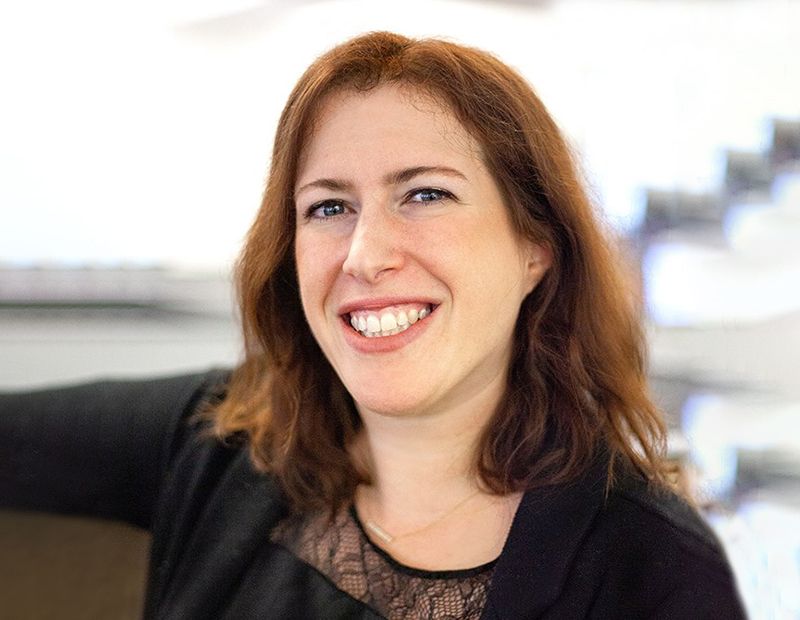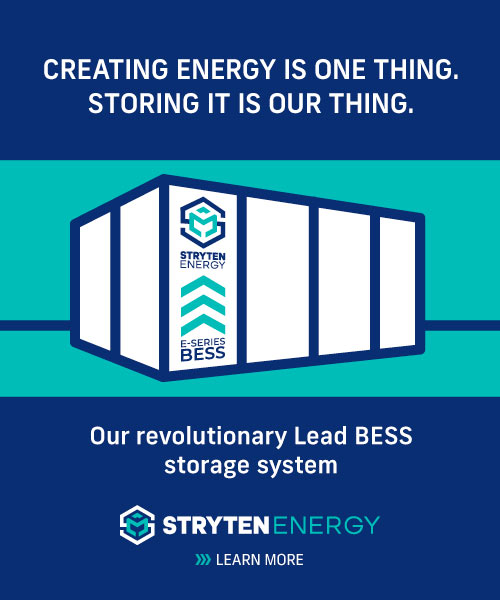What Office Tenants Want Now
The new in-demand amenities don’t have to be costly, but they should encourage socialization.

I used to be so jealous of my brother.
He works in tech—app development, to be exact. And he used to delight in telling me (bragging) about all the cool stuff at his office. There were foosball tables. All sorts of free snacks. A kegerator.
Did I mention free snacks?
Then, of course, came COVID and Work From Home. Offices reopened and employers encouraged team members to come back.
My brother’s company offers the same amenities. But he opted to continue working from home.
An unlimited supply of Nature Valley granola bars and a ping-pong table just aren’t cutting it anymore.
This is something office designers are grappling with at their new buildings. How can you compete with someone’s house? Well, if you can’t beat ’em, join ’em!
Now architects are focusing on comfort in new offices, as Jordana Rothberg reports in “Designing an Office Experience That Feels Like Home.”
“Employers are asking if an office can be inspiring and stimulating,” Woody Coley of Trammell Crow Co. told Rothberg. He explained that office tenants are now expecting wellness features and experiential elements. There is also a focus on allowing people to socialize and share ideas—something that is difficult to do at home, even with Zoom calls.
So, bye-bye, small, private nooks to make calls. No one wants to work in a phone booth anyway—who are we, Clark Kent? Instead, office design is favoring collaborative spaces. Technology and hospitality are also influencing amenity spaces. Things as simple as office temperature are being analyzed for maximum tenant comfort.
The best part of these new office considerations—beyond delivering what today’s workers are looking for—is that a lot of them are low-cost, or even free. For example, Coley suggested having security greet each occupant by name.
“Placing the end users’ needs at the heart of the conversation when conceptualizing a space is the key,” Jonathan Pearce of Ivanhoé Cambridge told Rothberg.








You must be logged in to post a comment.